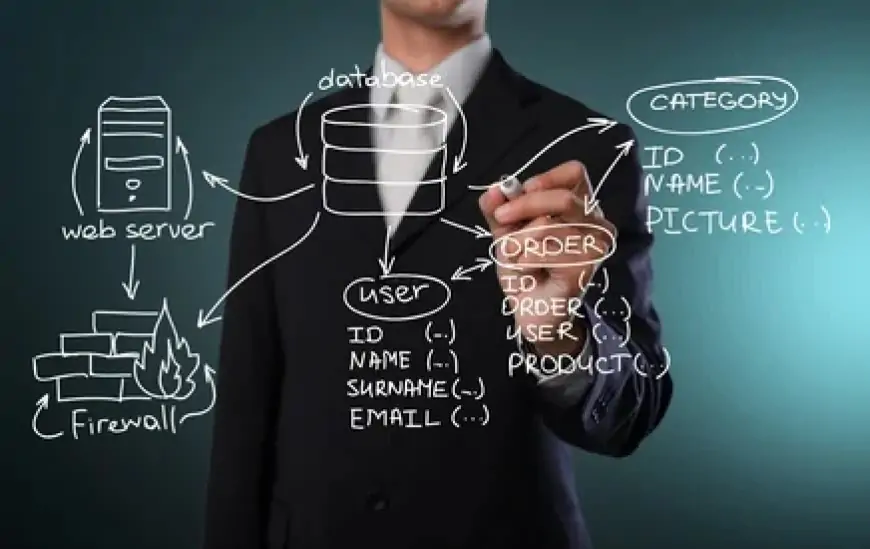What is a product owner? Responsibilities and duties
Discover the key responsibilities and duties of a product owner, essential for successful product development and delivery.

Understanding the responsibilities of product owners in Scrum
What does a product owner do in Scrum? They collaborate with stakeholders to define the product vision, communicate it to the Scrum team, and manage the product backlog. This includes prioritizing features, often as user stories, to align with the product vision and stakeholder needs. The product owner is accountable for maintaining and evolving the backlog to reflect the current product goals.
Organizing the backlog and developing the product roadmap
Product owners are responsible for maintaining the product backlog's order and planning ahead for future sprints. Additionally, they work alongside the team and stakeholders to develop a dynamic product roadmap, outlining delivery timelines and strategic goals to keep everyone focused on the bigger picture.
Product owners determine content, not methodology
In agile projects, the product owner oversees product strategy, deciding what features are developed and their prioritization.
However, they are not responsible for the development process (how features are created), as this falls under the team's purview. While they may contribute to architectural decisions, they do not dictate the workload for each sprint.
The team estimates effort for each feature during release planning and backlog refinement. This estimation guides the determination of when value will be delivered to customers.
During sprint planning, the team independently selects the workload they believe they can accomplish. The product owner does not mandate specific portions of the backlog for each sprint.
Regardless of job titles, product owners hold authority
Regardless of their job titles, product owners may hold various roles within their organization, which could include managerial positions. However, regardless of their specific title, it is crucial for them to possess decision-making authority, in conjunction with stakeholders. This ensures that the team remains assured they are developing the appropriate product, targeting the correct audience, and adhering to the suitable timeline.
Product owners establish clear, inspirational objectives
A crucial aspect of their role is to inspire the team with distinct, uplifting goals, which is vital for their effectiveness. They also elucidate the purpose and significance of each feature to the team during formal and informal discussions throughout the sprint. Hence, their continual availability to the team is crucial, as their prompt responses and clarifications aid the team in real-time adaptation to ensure they are on track.
In exchange for the Scrum team's dedication to completing a specific set of product backlog items each sprint, the product owner reciprocally pledges not to introduce new requirements during the sprint. While adjustments to requirements are permissible (and even encouraged), they must occur outside the sprint duration.
Once the sprint commences, the team remains intensely focused on achieving the sprint's objective.
How to become a product owner?
What defines a product owner and how can one become proficient in this role? Traditionally, the product owner represents the primary stakeholder in a project. They might possess expertise as an end user of the system or hold backgrounds in marketing, product development, or user experience. Essentially, they could be individuals well-versed in user needs, market dynamics, competitive landscape, and future industry trends relevant to the domain or system under development.
However, the specifics of this role can vary significantly based on factors like whether the team is developing commercial software, internal software, hardware, or other products. The pivotal requirement is that the individual in this role must possess a clear vision of the product to be developed.
Requirements for a product owner
Successful performance in the product owner role demands specific skills and qualities, including availability, business acumen, and effective communication skills. While technical proficiency may be beneficial, it is not mandatory.
Availability: Product owners must be accessible to their team, demonstrating commitment by actively participating in product development activities.
Business Savvy: An agile product owner should possess a deep understanding of the market, customer needs, and business objectives to make informed decisions about product features.
Communication Skills: Effective communication is essential as product owners collaborate closely with various stakeholders within and outside the organization. They must convey diverse messages tailored to different stakeholders' needs and project requirements at any given time.
Training for product owners
Many new product owners, as well as those with experience, benefit from specialized training tailored to their role.
At Mountain Goat Software, we provide certification programs such as the Scrum Alliance Certified Scrum Product Owner® (CSPO®) and the Advanced CSPO.
We also offer comprehensive online and video training covering specific skills essential for product owners, including refining user stories, utilizing story points for estimation, and mastering agile estimating and planning techniques.
Additionally, coaching services are available for conducting user story-writing workshops.
Expanding the product owner role
Given the extensive responsibilities and the balance required between internal and external demands, larger organizations often establish product owner teams or hierarchical structures, which may include a chief product owner.












































